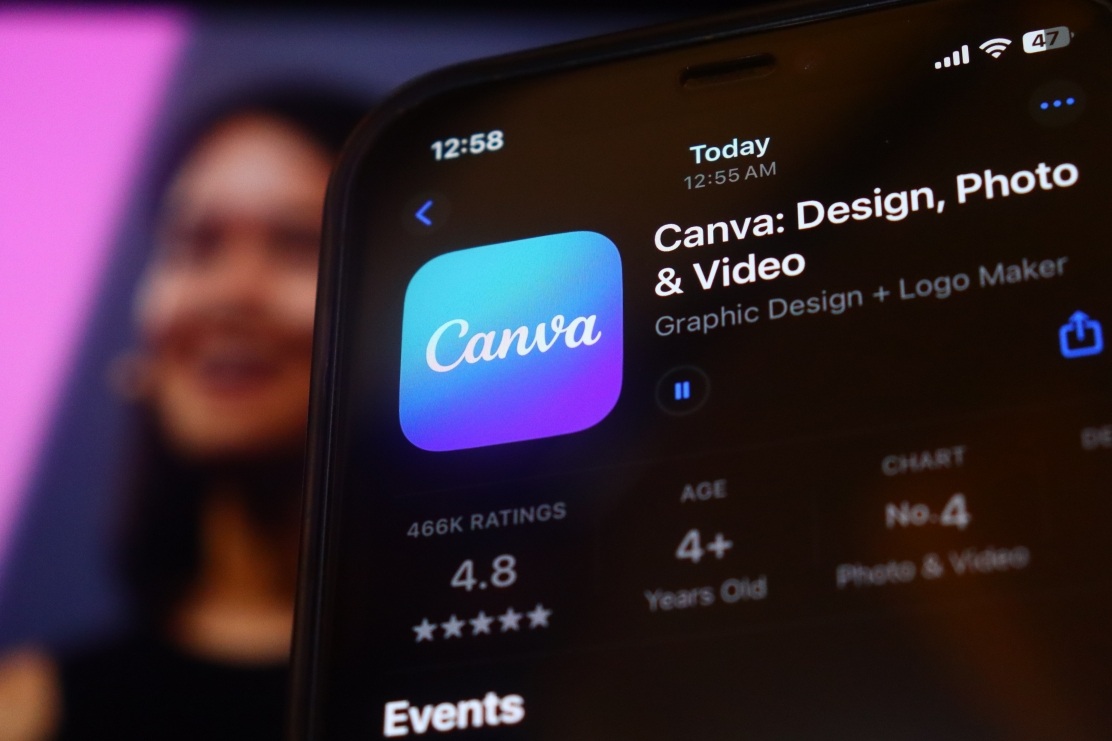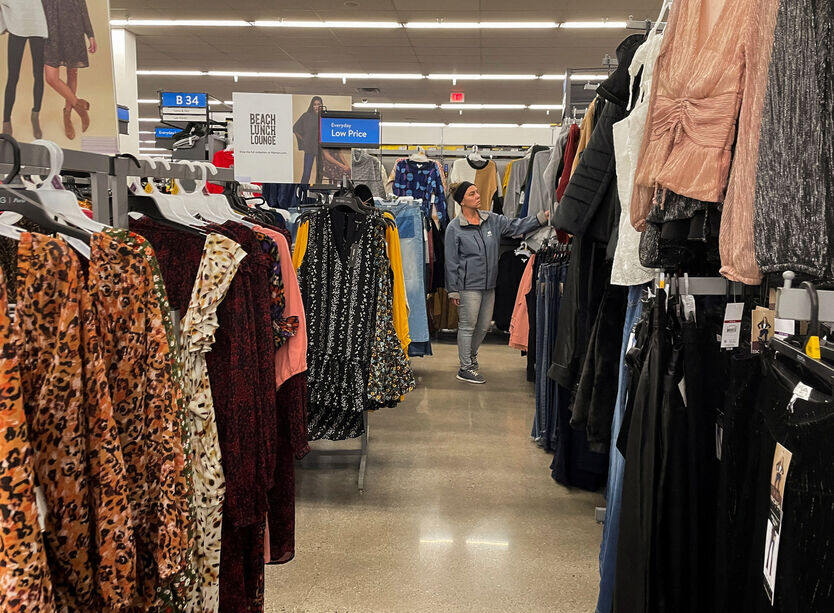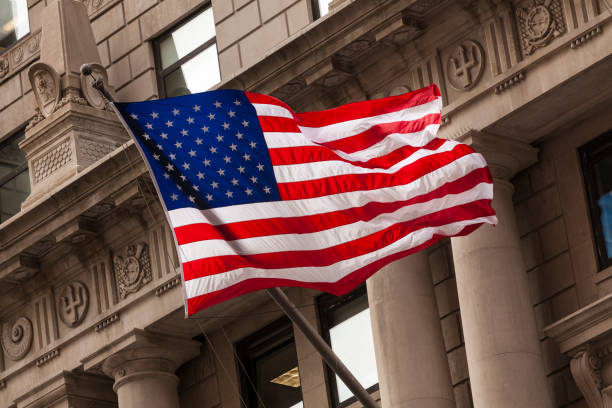If You Invested $2,500 in XRP 5 Years Ago, Here's How Much You Would Have Today

Key Points
XRP is very valuable today compared to five years ago.
There's ample reason to believe it's still worth buying today.
It's easy to accumulate a sizeable position by taking many small bites over time.
While history never repeats itself in cryptocurrency, studying it tends to make you a better investor. On that note, if you had put $2,500 into XRP (CRYPTO: XRP) five years ago, you would now have more than $26,680, or 967% more than the starting capital.
The point of crunching the numbers here is not to feel bad about missing the opportunities of the past. If anything, it's to study a very impressive return to lead to a sober plan for what to do next. So, let's investigate what made that kind of run possible for XRP, and see if there are similar forces that might lead it to outperform over the next five years.
Where to invest $1,000 right now? Our analyst team just revealed what they believe are the 10 best stocks to buy right now. Continue »

Image source: Getty Images.
What powered these enormous returns?
In crypto, as in other financial markets, big returns usually come from a stack of catalysts working together rather than one silver bullet or a singular shot of rocket fuel.
In XRP's case, getting relief from the legal issues faced by Ripple, the coin's issuer, in the U.S. was a major catalyst to unlock value.
In July 2023, a federal court concluded that Ripple's sales of XRP did not constitute investment contracts, which reduced legal risk for many investors and counterparties, especially those in the financial institutions that the coin is intended for. Then, on Aug. 8 of this year, the Securities and Exchange Commission (SEC) dropped its lawsuit against the company, putting the saga to bed.
Boosting and proving XRP's utility also mattered. Cross-border money transfers remain expensive and slow when using legacy technologies like the Society for Worldwide Interbank Financial Transaction (SWIFT), so assets that can quickly settle payments and transfers globally with low fees have a significant tailwind.
Adoption by businesses and governments helped, too. In March 2025, Ripple secured approval from Dubai's financial regulator to provide regulated crypto payments in the Dubai International Financial Center, and in May it announced its first payments customers in the United Arab Emirates under that license. Those steps expanded the total addressable market of banks and fintechs that can potentially use Ripple's payment rails and, by extension, the XRP Ledger (XRPL), which is used as a way to settle much of Ripple's financial infrastructure offerings.
Key technology upgrades were also an important part of XRP's growth story. In March 2024, the Automated Market Maker upgrade went live, improving settlement pricing for users of the ledger's decentralized exchanges. More liquidity venues and new ways for holders to participate usually make a network more useful, increasing its value.
Other new valuable tools include controls for institutional regulatory compliance, which make the chain more appealing to big banks and regulated currency-exchange houses.
What could still work from here
Even for a strong coin like XRP, repeating a nearly 10-fold increase during the next five years is a very ambitious goal. Yet, several drivers remain in place that could make it possible.
First, the growth pipeline looks fairly durable. The new Dubai license is already translating into paying clients, which is the right signal for investors watching for real adoption rather than press-release promises. If more global financial hubs grant Ripple the legal rights to add new users to XRP, particularly in Singapore and Hong Kong, it would be hard to see a scenario in which XRP didn't climb.
Second, XRPL's compliance-native features align well with two emerging powerful trends in the crypto sector: real-world asset tokenization and stablecoins. Asset issuers and institutions often want built-in ways to authorize counterparties or halt flows in extreme cases, and XRPL provides those controls at the protocol layer. That makes it simpler to meet regulatory policies across jurisdictions, and XRP's competitors aren't nearly as well equipped in that regard.
For XRP to repeat its performance during the past five years, a lot of things need to go right, and a handful of crucial things simply can't go wrong. For instance, a policy reversal or regulatory lawsuit in a major market could chill adoption promptly. And, while XRPL is a leader for now, competition from other settlement networks and from stablecoin-first payment stacks is rising at an intense pace.
No matter what happens next, it isn't reasonable to expect XRP's price to rise and rise forever without interruption. Therefore, building a position methodically via dollar-cost averaging is the best approach here; you can target a total position of $2,500, or just commit to regular small purchases for the next couple of years without having a position target in mind.
Even if XRP can't pull a 10-fold gain in the next five years, it's likely going to be a lot more valuable in the future than it is today, even considering the big move it made recently.
Should you invest $1,000 in XRP right now?
Before you buy stock in XRP, consider this:
The Motley Fool Stock Advisor analyst team just identified what they believe are the 10 best stocks for investors to buy now… and XRP wasn’t one of them. The 10 stocks that made the cut could produce monster returns in the coming years.
Consider when Netflix made this list on December 17, 2004... if you invested $1,000 at the time of our recommendation, you’d have $671,466!* Or when Nvidia made this list on April 15, 2005... if you invested $1,000 at the time of our recommendation, you’d have $1,115,633!*
Now, it’s worth noting Stock Advisor’s total average return is 1,077% — a market-crushing outperformance compared to 185% for the S&P 500. Don’t miss out on the latest top 10 list, available when you join Stock Advisor.
*Stock Advisor returns as of August 18, 2025
Alex Carchidi has no position in any of the stocks mentioned. The Motley Fool has positions in and recommends XRP. The Motley Fool has a disclosure policy.





